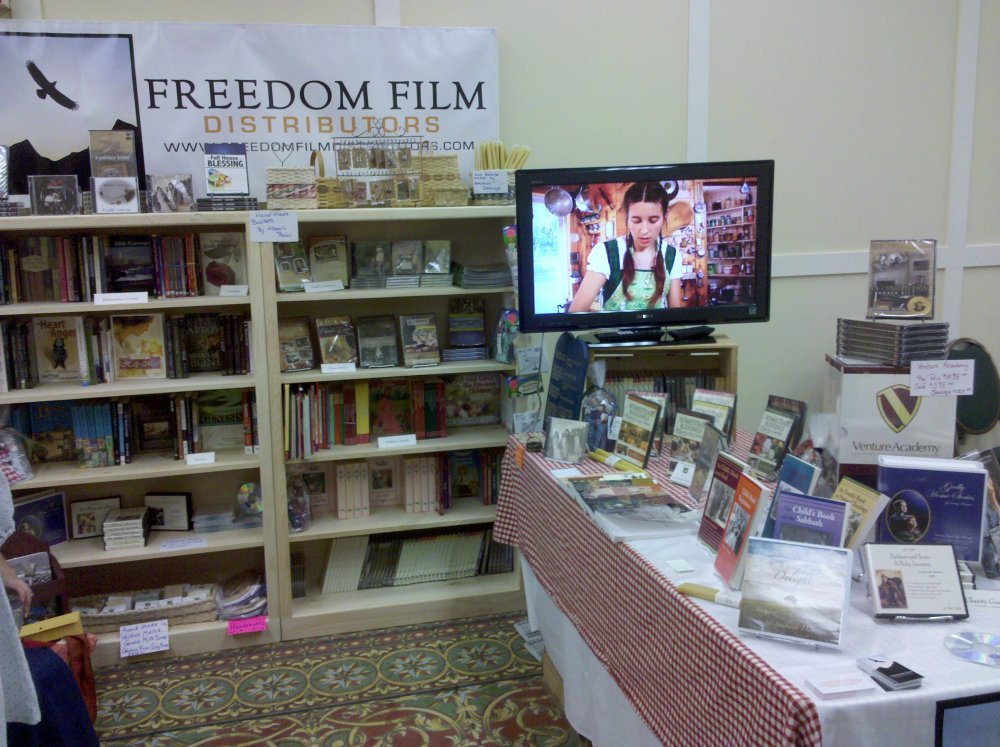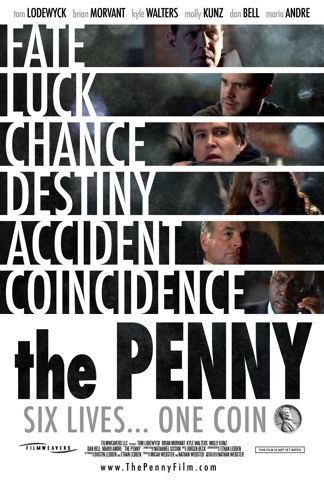Greenlight Your Film's Way to Success
Richard Lackey is a post-production co-coordinator and independent filmmaker living and working in Cape Town, South Africa. Specializing in digital cinema acquisition and post-production technology, but a lover of shooting celluloid and running the gauntlet of DIY micro-budget filmmaking, he hopes to one day write, produce and direct his own films.
If you’ve never heard the term “internal greenlight,” then this article is for you.
It’s a term thrown around in producer business handbooks, written by well meaning entertainment lawyers who want to detail best practice, assuming a hypothetical textbook distribution deal with a mainstream theatrical distributor. These hypothetical deals may be a reality for some bankable, proven, big name independent producers. But for most of us today, these distributors might as well not exist.
However, the principles involved in an internal greenlight are more important than ever and, if you employ one, the fruits of your labor are far more likely to attract distributor interest.
An internal greenlight refers to a process of “greenlighting” a film, concept, screenplay, even an idea or premise that meets certain minimum criteria. Greenlighting occurs before substantial effort and resources are spent on development, and certainly before pitching your project to financiers and distributors.

Letters to God director David Nixon, producer Cameron Kim Dawson & co-director/writer Patrick Doughtie
Distributors and financiers will do their due diligence before putting resources on the line for a film. If you are fortunate enough to have a screenplay get as far as the desk of a studio executive, he/she is concerned with one thing…the bottom line. As an independent producer who may even be responsible for your own marketing and distribution, the bottom line should be your concern as well.
Before risking finances on a new business venture, investors will assess your proposal based on common sense: A business exists to make money. What a business manufactures and sells to achieve its money-making end is a choice derived from a simple supply and demand equation.
Therefore, an effective internal greenlight should filter out the ideas, stories and screenplays that are not likely to achieve a financial return, separating them from those that are likely to turn good profit.
Your first step as a filmmaker is to know what the assessment criteria are – or should be – in order to achieve your goal. I’m going to assume your goal is something of a mission statement that looks like this:
My mission is to develop and produce motion pictures of the utmost artistic quality, to inspire and entertain, to enjoy the widest possible distribution to the largest audience possible, and generate ongoing profits that will sustain myself and my work and ensure further development and production.
Based on that mission statement, the criteria of your internal greenlight need to read something like this:
According to the average financial performance of previous similar films, of similar budget and marketing spend, I can expect to repay my investors quickly with interest, and generate a sufficient residual net profit to sustain my business.
This statement breaks down into further assessment of the following:
-Historical audience demographics broken down by territory, and even city, for your chosen case studies.
-Historical viewing trends of each of those particular demographics and an understanding of the greater social context and cause of those trends.
-Methods of marketing employed in these case studies.
-Composition of lead cast – who was cast in what roles? A-list stars? Known or unknown?
-Creative team – who directed? Produced? Do they have star appeal or cult following?
-Methods of financing employed.
If you have chosen your case studies well, and they closely match the film being assessed (your film), you can simply average the production spend, marketing spend and revenue of all your case studies and the result will clearly show a positive (profit) or negative (loss) net position.
This result can be accurate enough for the distributors and/or financiers to assess whether your project proposal passes or fails. However, at this point you can also bias the results positively or negatively according to the likely projected viewing trends (demand) for your story or genre, if your research has allowed you to extrapolate such trends into the short term future.
A film that fails such a greenlight may not be an impossible movie. It may be that you need to change your goals. Perhaps your film may fail given a small budget and no-name cast, but if you assess it again with a larger budget and some known leads, your choice of case studies will change and you will get a different result. This will result in high value, low risk films which attract sufficient funding and make money for their financiers, distributors and producers. They make money because they enjoy wide distribution to a large enough audience, and they attract distributors because they represent high value and low risk.
This will result in high value, low risk films which attract sufficient funding and make money for their financiers, distributors and producers. They make money because they enjoy wide distribution to a large enough audience, and they attract distributors because they represent high value and low risk.
If you are struggling to attract financing partners and distributors to your film, it’s probably because it’s not worth making. You need to employ an intense greenlight to your own creative process and re-evaluate your film. Now, you should see why you are struggling to attract the business partners you need (investors and distributors). Now fix it, or throw it out and start again.
- - - - -
Source Article





 1 Comment
1 Comment







